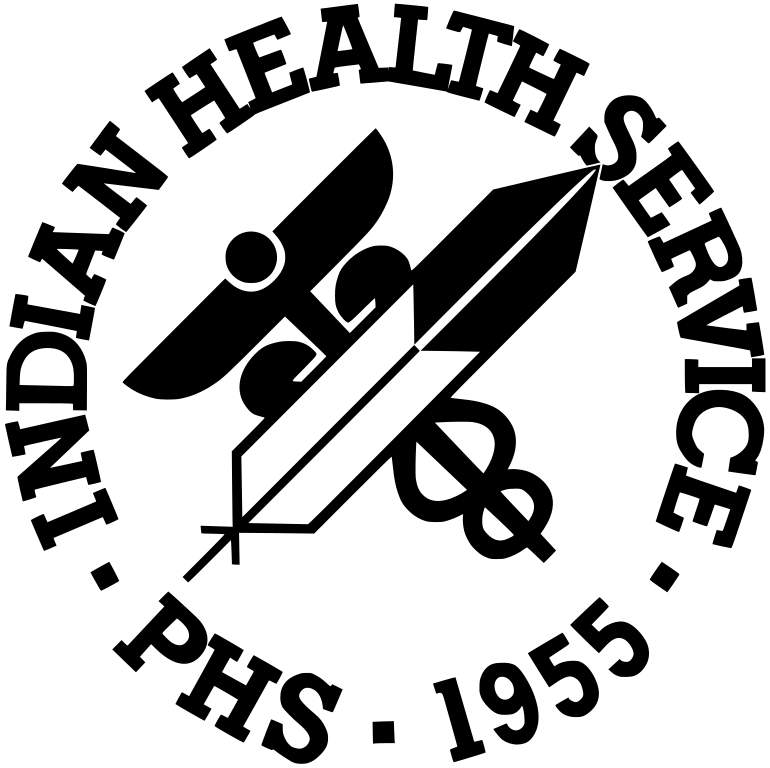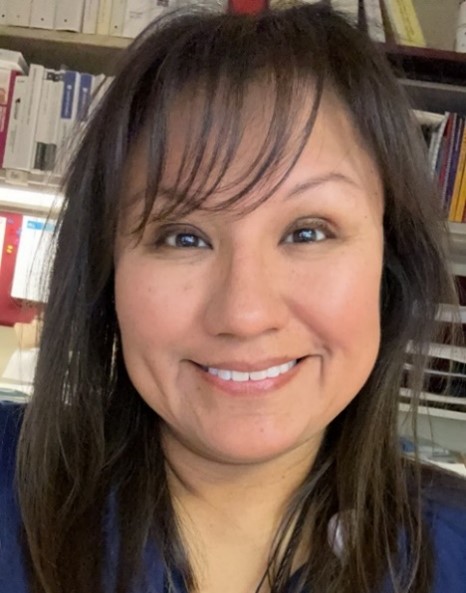Indian Health Service, tribal, and urban Indian organization sites have long been involved in promoting Sexual Assault Awareness Month (SAAM) in April by hosting walking events, community education forums, and overall public service announcements emphasizing the strength in unity theme. Recognizing the need for community collaboration to work cohesively towards ending sexual violence, whether it is sexual abuse, sexual assault, or sexual harassment, is the continued narrative for sexual awareness and prevention. Provider and community education is an essential component to successfully preventing and reducing violence.
The Rape, Abuse, Incest National Network (RAINN) defines sexual assault as sexual contact or behavior that occurs without explicit consent of the victim. RAINN reports that eight out of 10 sexual assaults are committed by someone known to the victim, resulting in intimate partner sexual violence or acquaintance rape. Stranger rape occurs when an assault is made by a stranger in the form of blitz sexual assault, contact sexual assault, or home invasion sexual assault. Per RAINN, Native people are twice as likely to experience sexual violence compared to all races, A National Institutes of Justice funded study, Violence Against American Indian and Alaska Native Women and Men, reported that four in five American Indian and Alaska Native women, and one in three American Indian and Alaska Native men, have experienced violence (including sexual violence) in their lifetime.
The Centers for Disease Control and Prevention sexual assault data highlights that:
- Every 68 seconds, an American is sexually assaulted, and every 9 minutes, that victim is a child.
- 1 in 4 women experienced completed or attempted rape during their lifetime.
- 1 in 9 men were made to penetrate someone during their lifetime.
Coordinated community response teams that include health care providers, advocacy groups, and law enforcement often collaborate to help raise awareness and support the positive change we need in Native communities. These coordinated response teams and educational events are meaningful to the community and important information about sexual assault awareness and prevention is often shared. During an informational session on sexual assault, an Indigenous mother from South Dakota stated, “it’s not if, it’s when. I wonder WHEN [my daughter] will be raped.” Let’s work together to change that narrative! Together, let’s unite to create the change we need for our communities.
Please help us to raise sexual assault awareness throughout April and make sure to wear denim on Denim Day – April 30.
Additional Resources for Providers:
- National Indigenous Women’s Resource Center: 1-844-762-8483
- End Violence Against Women International
- National Sexual Violence Resource Center (NSVRC) – SAAM 2025
- If you are interested in becoming trained as a forensic nurse examiner, Texas A&M University Center of Excellence in Forensic Nursing (TAMU CEFN) is offering free training and education through the IHS Forensic Nursing Consultation Program Contract. For more information, contact us here.
- Please visit the IHS Forensic Healthcare webpages for additional health related topics, guidebooks, and more.



